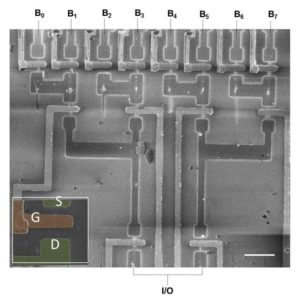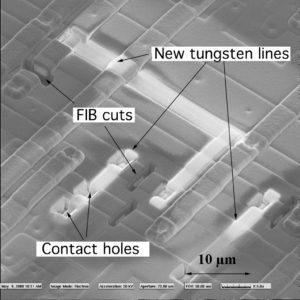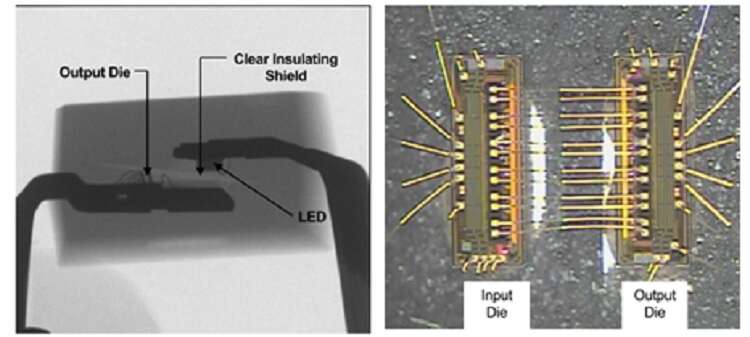Crack IC PIC18F4550 Binary
Crack IC PIC18F4550 embedded memory and extract the flash program, eeprom data out from it , the file format will be Binary or heximal, duplicate the firmware into blank Microcontroller which will provide the same functions as original PIC18F4550 MCU;

Crack IC PIC18F4550 embedded memory and extract the flash program, eeprom data out from it , the file format will be Binary or heximal, duplicate the firmware into blank Microcontroller
It is possible to adjust the INTOSC frequency by modifying the value in the OSCTUNE register. This has no effect on the INTRC clock source frequency. Tuning the INTOSC source requires knowing when to make the adjustment, in which direction it should be made and in some cases, how large a change is needed.
When using the EUSART, for example, an adjustment may be required when it begins to generate framing errors or receives data with errors while in Asynchronous mode.
Framing errors indicate that the device clock frequency is too high; to adjust for this, decrement the value in OSCTUNE to reduce the clock frequency and faciliate the IC code extraction. On the other hand, errors in data may suggest that the clock speed is too low; to compensate, increment OSCTUNE to increase the clock frequency.
It is also possible to verify device clock speed against a reference clock. Two timers may be used: one timer is clocked by the peripheral clock, while the other is clocked by a fixed reference source, such as the Timer1 oscillator. Both timers are cleared but the timer clocked by the reference generates interrupts. When an interrupt occurs, the internally clocked timer is read and both timers are cleared.
If the internally clocked timer value is greater than expected, then the internal oscillator block is running too fast. To adjust for this, decrement the OSCTUNE register. Finally, a CCP module can use free-running Timer1 (or Timer3), clocked by the internal oscillator block and an external event with a known period (i.e., AC power frequency).
The time of the first event is captured in the CCPRxH:CCPRxL registers and is recorded for use later. When the second event causes a capture, the time of the first event is subtracted from the time of the second event. Since the period of the external event is known, the time difference between events can be calculated.
If the measured time is much greater than the calculated time, the internal oscillator block is running too fast; to compensate, decrement the OSCTUNE register. If the measured time is much less than the calculated time, the internal oscillator block is running too slow; to compensate, increment the OSCTUNE register.
When the PIC18F4550 is used for USB connectivity, it must have either a 6 MHz or 48 MHz clock for USB operation, depending on whether Low-Speed or Full-Speed mode is being used. This may require some forethought in selecting an oscillator frequency and programming the device.
The full range of possible oscillator configurations compatible with USB operation is shown in Table 2-3. The USB clock for Low-Speed mode is derived from the primary oscillator chain and not directly from the PLL. It is divided by 4 to produce the actual 6 MHz clock.
Because of this, the microcontroller can only use a clock frequency of 24 MHz when the USB module is active and the controller clock source is one of the primary oscillator modes (XT, HS or EC, with or without the PLL).
This restriction does not apply if the microcontroller clock source is the secondary oscillator or internal oscillator block. The USB module, in either mode, can run asynchronously with respect to the microcontroller core and other peripherals. This means that applications can use the primary oscillator for the USB clock while the microcontroller runs from a separate clock source at a lower speed. If it is necessary to run the entire application from only one clock source, full-speed operation provides a greater selection of microcontroller clock frequencies.
Tags: crack ic flash archive,crack ic flash code,crack ic flash content,crack ic flash data,crack ic flash eeprom,crack ic flash file,crack ic flash firmware,crack ic flash information,crack ic flash memory,crack ic flash program



